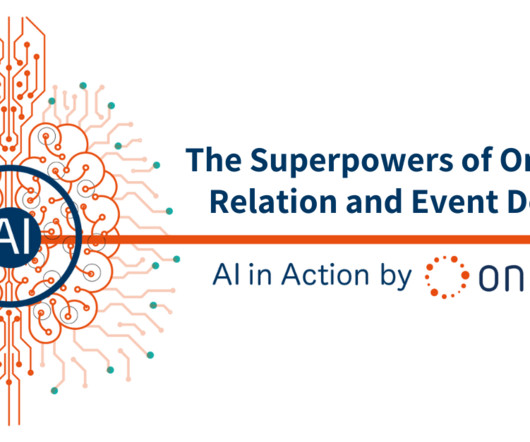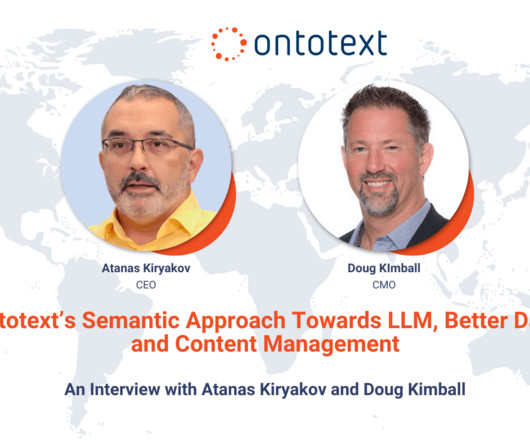Why Financial Services Firms are Championing Natural Language Processing
CIO Business Intelligence
JUNE 7, 2022
Those numbers represent the projected growth of chatbot interactions among banking customers between 2019 to 2023 and the cost savings from 862 hours less of work by support personnel, according to research by Juniper Research. NLP solutions can be used to analyze the mountains of structured and unstructured data within companies.

















Let's personalize your content